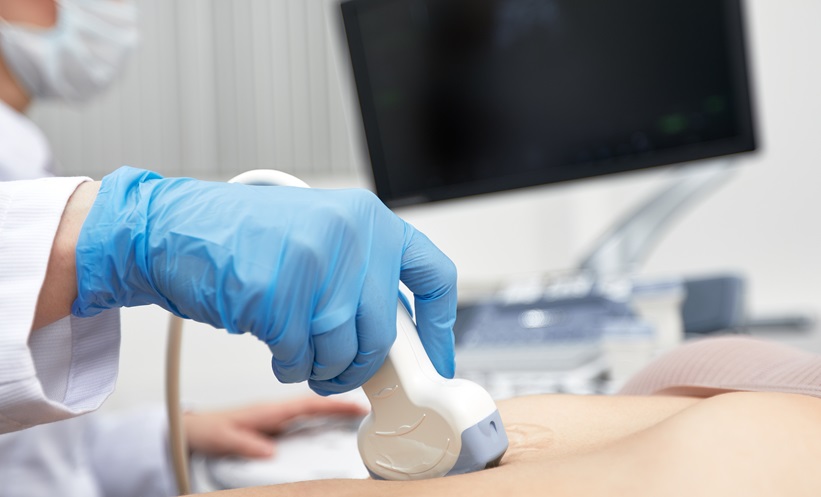BACKGROUND AND AIMS
A chronic hepatitis B (CHB) infection is characterised by host immune dysfunction related to a high viral antigen load.1 The restoration of immune function is critical for achieving and maintaining a cure for hepatitis B virus (HBV). Novel drugs aiming for finite treatment through achieving a functional or partial cure are in development.2 The authors explored the immunological profile of patients with CHB who received small interfering RNA (siRNA).
METHODS
Patients with CHB in the author’s centre, who received siRNA in clinical trials3,4 at a median duration of 5.8 years (range: 5.0–8.3) from their last dose, were recruited. A total of 10 patients with sustained hepatitis B surface antigen (HBsAg) <100 IU/mL (low HBsAg; median log101.77) during long-term follow-up (LTFU) were identified, and matched (baseline age and hepatitis B e antigen) with 10 patients with HBsAg ≥100 IU/mL (high HBsAg; median log102.98) at LTFU. Peripheral blood mononuclear cells were evaluated by multicolour flow cytometry characterising CD4+, CD8+, and regulatory (Treg; CD25+, CD127lo, and FoxP3+) T cell subsets; B cells; and markers of exhaustion (PD-1, CTLA-4, TIM-3, and LAG-3). Synthetic HBV peptides were co-cultured with peripheral blood mononuclear cells to assess HBV T cell effector functions, including activation (CD38, HLA-DR), proliferation (Ki-67), cytokine production (IFNγ, IL-2), and cytotoxicity (granzyme B).
RESULTS
In the low HBsAg group, the frequency of Treg among CD4+ T cells was significantly lower compared to the high HBsAg group (6.474% versus 8.646%; p=0.0006). The expression of LAG-3 and TIM-3 were significantly reduced in CD4+, CD8+, Treg, and B cells in the former group (all p<0.05), along with reduced PD-1 and a co-expression of PD-1 and CTLA4+ on CD8+ T cells (all p<0.05). There was a trend of enrichment of central memory (CD45RA-, CCR7+, CD27+, CD28+) among CD4+ T cells (36.6% versus 30.22%; p=0.056) in the low HBsAg group. Upon HBsAg stimulation, IFNγ production in CD4+ T cells and IL-2 production in CD8+ T cells markedly increased in the low HBsAg group. No significant differences were observed regarding the degree of activation, proliferation, and cytotoxicity. HBsAg at LTFU, but not at baseline, positively correlated with the frequency of Tregs (r=0.531; p=0.016), as well as TIM-3 and LAG-3 expression on B and T cells, while it negatively correlated with Ki-67 (r= –0.501; p=0.025) and IFNγ (r= –0.516; p=0.020) expression on CD4+ T cells.
CONCLUSION
In patients who received siRNA and achieved sustained low HBsAg <100 IU/mL at >5 years from the last dose, the degree of immune dysfunction in peripheral blood lymphocytes was diminished. Effective siRNA treatment can calibrate a new equilibrium between the host immunity and the virus.







